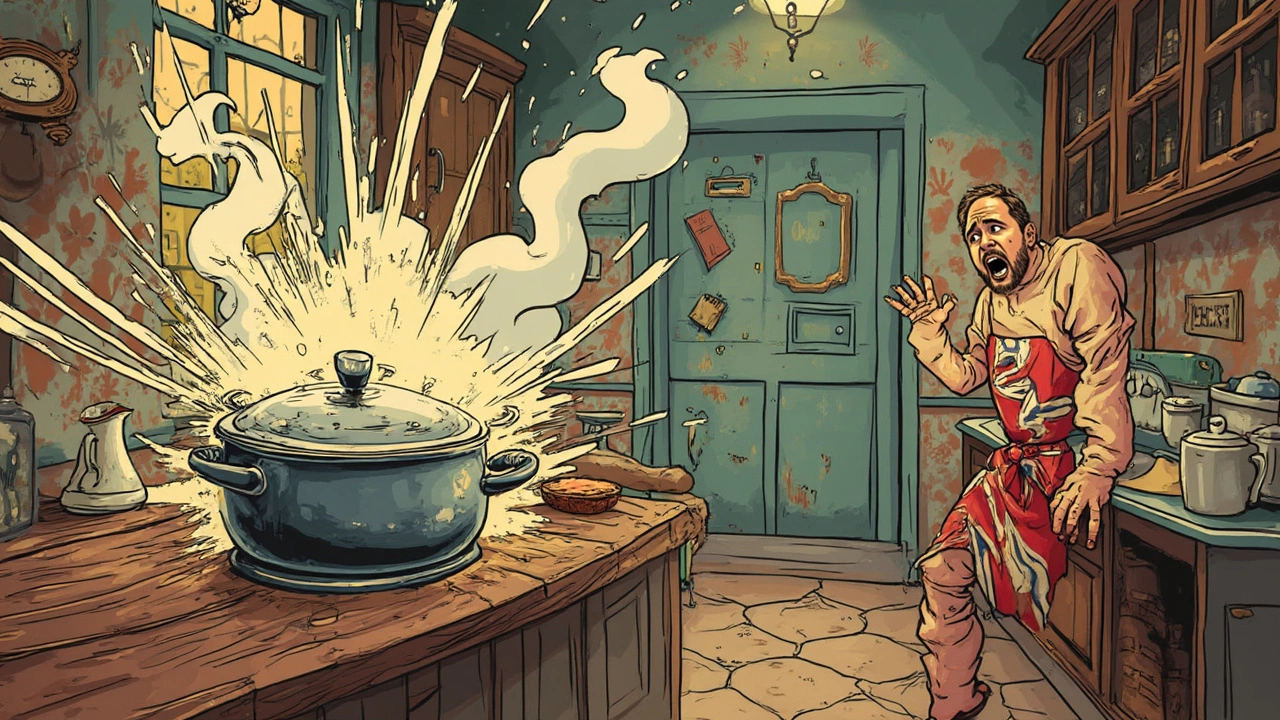Pressure Cooker Safety – Simple Tips to Avoid Accidents
If you love fast meals, a pressure cooker is a great tool, but it can be dangerous if you ignore a few basics. Below are practical steps that keep you, your family, and your kitchen safe.
Before You Cook: Prep and Inspection
Read the manual once. It tells you the exact pressure limits, which parts need regular checks, and how to lock the lid properly. Skipping this step is a shortcut you don’t want.
Inspect the gasket (the rubber ring) every time you use the cooker. Look for cracks, tears, or hardening. A worn gasket can let steam escape and cause burns. Replace it if it feels sticky or shows any damage.
Never overfill the pot. Most manufacturers advise filling no more than two‑thirds of the capacity, and only half when cooking foods that expand, like rice or beans. Overfilling blocks the vent and raises the risk of a sudden pressure burst.
Check the vent pipe and pressure regulator. Keep them free from food bits and mineral buildup. A blocked vent stops steam from releasing, which can force the lid open unexpectedly.
While Cooking: Safe Operation
Use the correct heat setting. Start on high until the cooker reaches pressure, then lower to the recommended simmer level. Too much heat can raise internal pressure beyond safe limits.
Never try to open the lid while the pot is still pressurised. Use the natural release method (let it sit) or the quick‑release valve as the manual describes. Opening too early releases hot steam that can scald skin.
Keep children and pets away from the stove. The lid and steam outlet stay hot for several minutes after cooking. A simple “no‑touch” rule prevents accidental burns.
After each use, let the cooker cool completely, then wash the lid, gasket, and interior with warm soapy water. Dry everything thoroughly before storing. Moisture left on the gasket can cause mold and weaken the seal.
Schedule a professional check once a year if you use the cooker frequently. A technician can test the pressure valve, replace worn parts, and certify that the unit meets safety standards.
When you’re ready to store the cooker, keep it in a dry place out of direct sunlight. Sunlight can degrade the rubber gasket and plastic handles, making them brittle over time.
Following these easy steps means you get the speed of a pressure cooker without the danger. A little extra care at the start saves you from costly repairs and, more importantly, keeps everyone safe.
